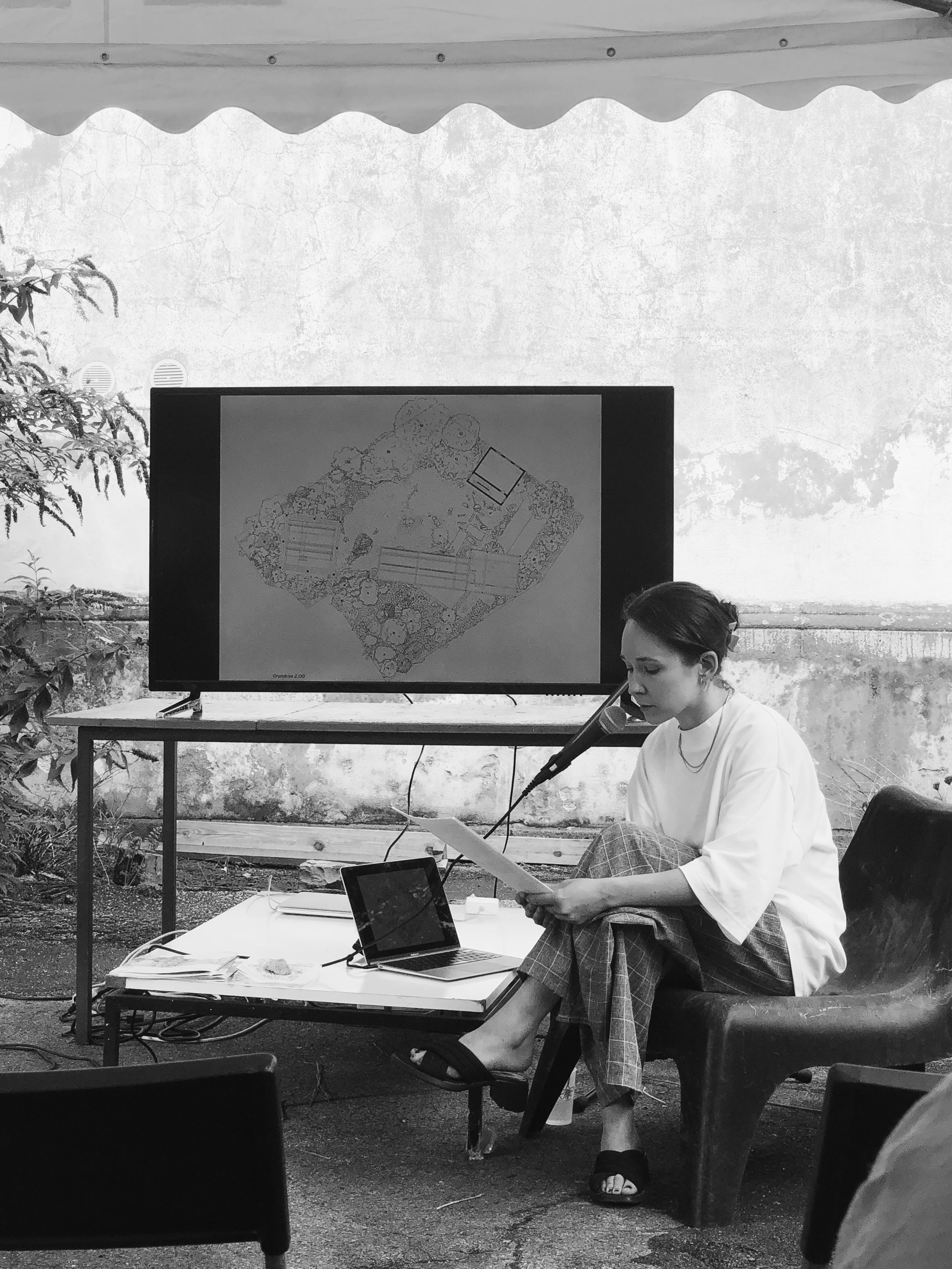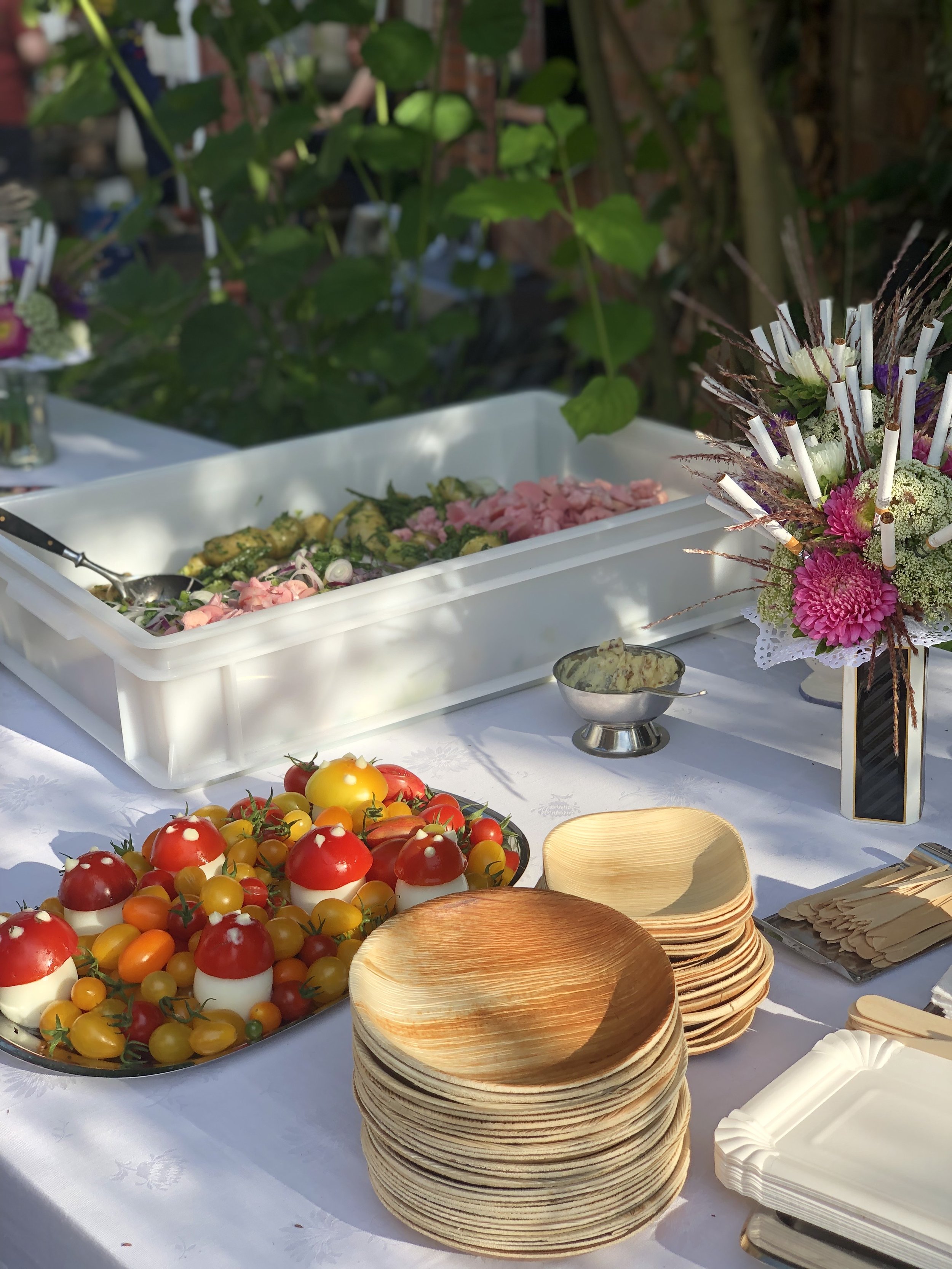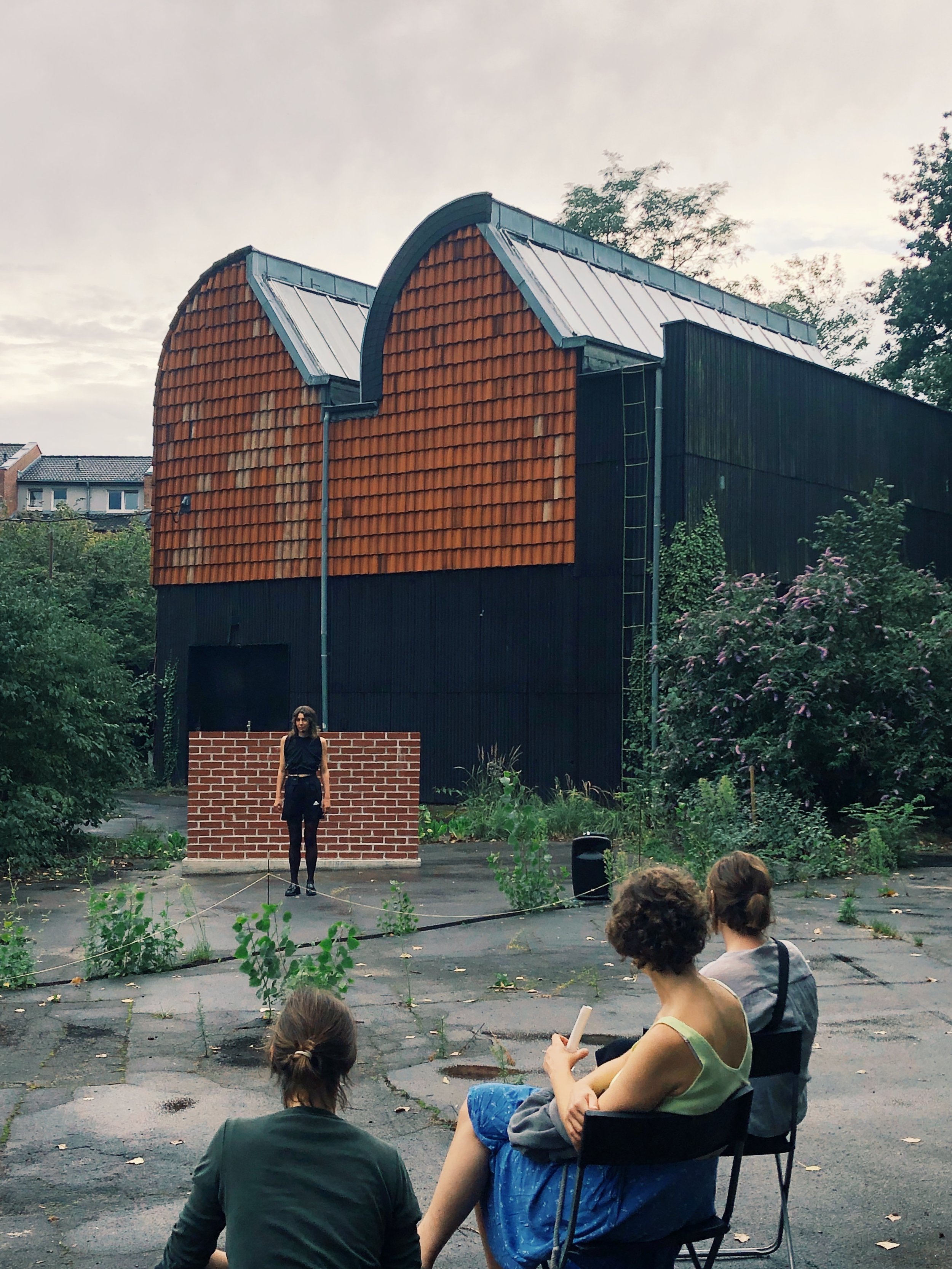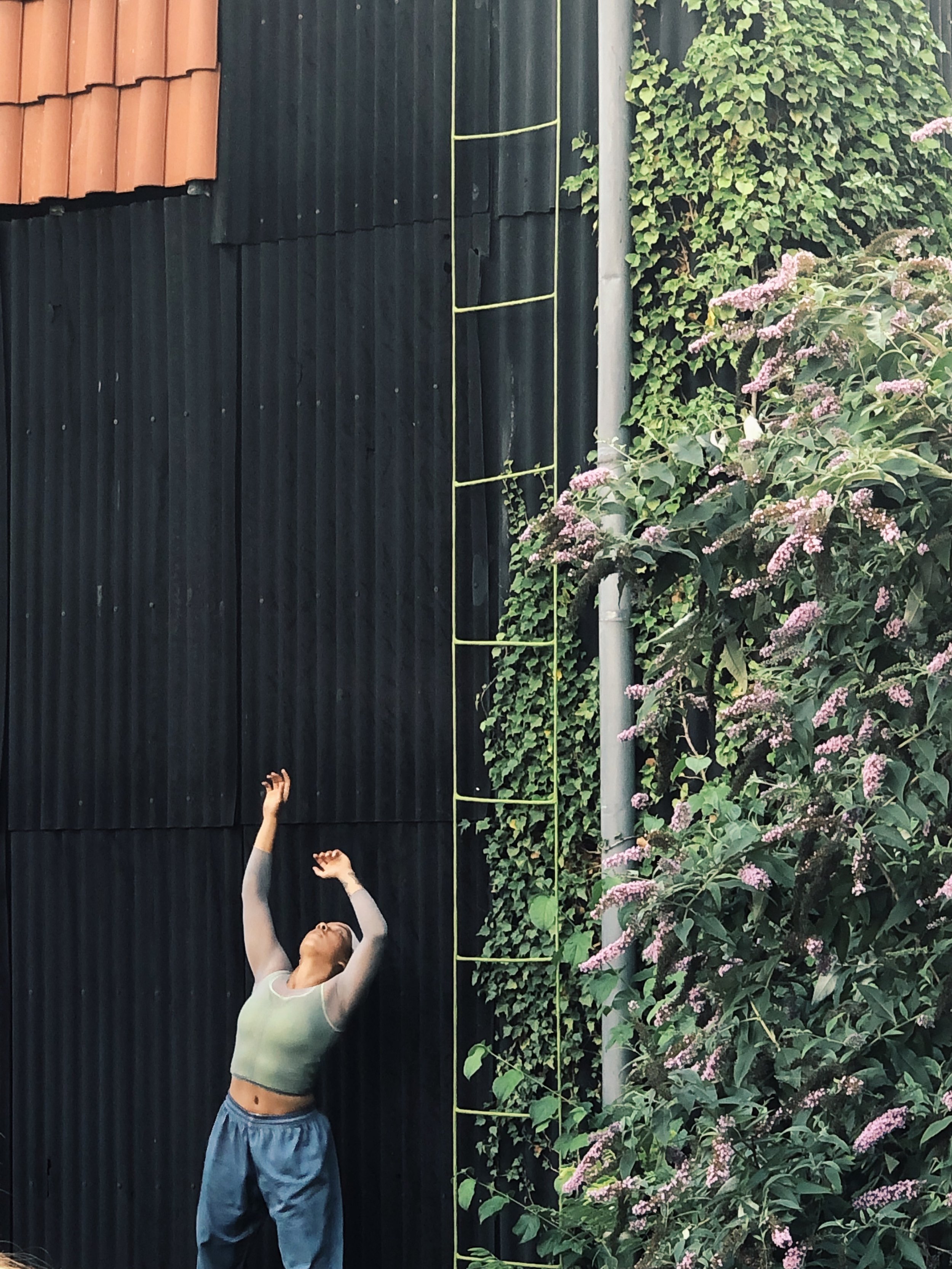LET’S INTRODUCE: Simultanhalle
Celebrating efforts for the preservation and recovery of a special building, on the occasion of its 40th anniversary.
Reading time: 4 minutes
At a time during which it is more important than ever to avoid and revitalize vacancies, it seems almost unbelievable that such an interesting building as the Simultanhalle – which has already fought against its imminent demolition and for years offered Cologne's art scene a space for development away from the big museums – has now been standing empty for five years.
The building is barely visible from the street. The hot asphalt, which on this day especially radiates the impacting heat, breaks open in many places with nature making its way through the cracks. It is only when one enters the area from this conglomerate of barracks between asphalt and greenery that the unusual building appears in the right corner. The outward appearance of this atypically compact, shed-roofed hall raises, in the viewer's mind, the question: what might be hidden behind it?
Originally built as a 1:1 scale model prototype of the former Wallraf-Richartz Museum and Neue Galerie – Sammlung Ludwig (today Museum Ludwig), the building, known as the "Simultanhalle", served to test the lighting, choice of materials and construction of the design. After Busmann + Haberer, the architects who worked on the prototype for four years, finished the building project in 1979, it was threatened with demolition. The hall had served its purpose as a place for experimentation and fulfilled its role as a prototype, so that one could now fully concentrate on the realization of Museum Ludwig.
© Peter Busmann/Godfrid Haberer: Ideenskizze zur Tageslicht- und Shedplanung für den Museumbau „Wallraf-Richartz-Museum/Museum Ludwig“
Thanks to artist Eva Janošková, who had previously worked on the site and organized exhibitions with artists throughout the course of its threatened demolition, it became possible to obtain a grant from the municipal cultural office and the following year the hall’s existence was secured. Since 1983, the Simultanhalle has seen the curation of exhibitions and performances by various artists and collectives. However, in 2018 after an inspection questioned the stability of the building, the hall was closed until further notice.
As such, even though the building cannot be used at present, the association continues to organize projects, exhibitions and performances in the outdoor space under the name “SimultanProjekte” – especially for young artists and curators, who thus continue to enter into a dialogue with the hall.
Originally built as a 1:1 scale model prototype of the former Wallraf-Richartz Museum and Neue Galerie – Sammlung Ludwig (today Museum Ludwig), the building, known as the "Simultanhalle", served to test the lighting, choice of materials and construction of the design.
On Saturday August 19, 2023, on the occasion of the 40th anniversary of the Simultanhallen, the association organized a symposium and celebration that was more than worthy of it and once again drew attention to the importance of a space that has been decaying for years. Architect Godfrid Haberer, as well as various protagonists from the art scene, presented performances that once had their premieres in the hall, as well as views into the future. The celebration took place under a temporary structure with changing weather. During the breaks participants and attendees enjoyed an 80s buffet by Marie Donike and Johannes Specks.
While Inga Krüger connected with the outdoor space in front of the Simultanhalle with her performance piece "DieBusenfreundin (Groß und Zusammen)” and Laura Schönlau through the medium of dance with "In Between Realms" during the rain breaks, Leon Hösl and Janice Mitchell gave their perspectives on the art and culture scene, its developments and possible directions. The revival of Anna Witt's "Chorweiler Beat" worked with the district, its inhabitants and spaces, and thus placed the Simultanhalle, once again, in a different context. Meanwhile, Selina Redeker's master's project "Zeitschichten" (Layers of Time) presented a possible plan for the concrete preservation and expansion of the art space and found a careful way of dealing with this special building, in which she has conducted extensive research into both the already morbid exterior, the hall itself and, beyond that, the district.





Pictures: “Zeitschichten” by Selina Redeker, 80s buffet by Marie Donike and Johannes Specks , temporary structure, "DieBusenfreundin (Groß und Zusammen)” by Inga Krüger, "In Between Realms" by Laura Schönlau


